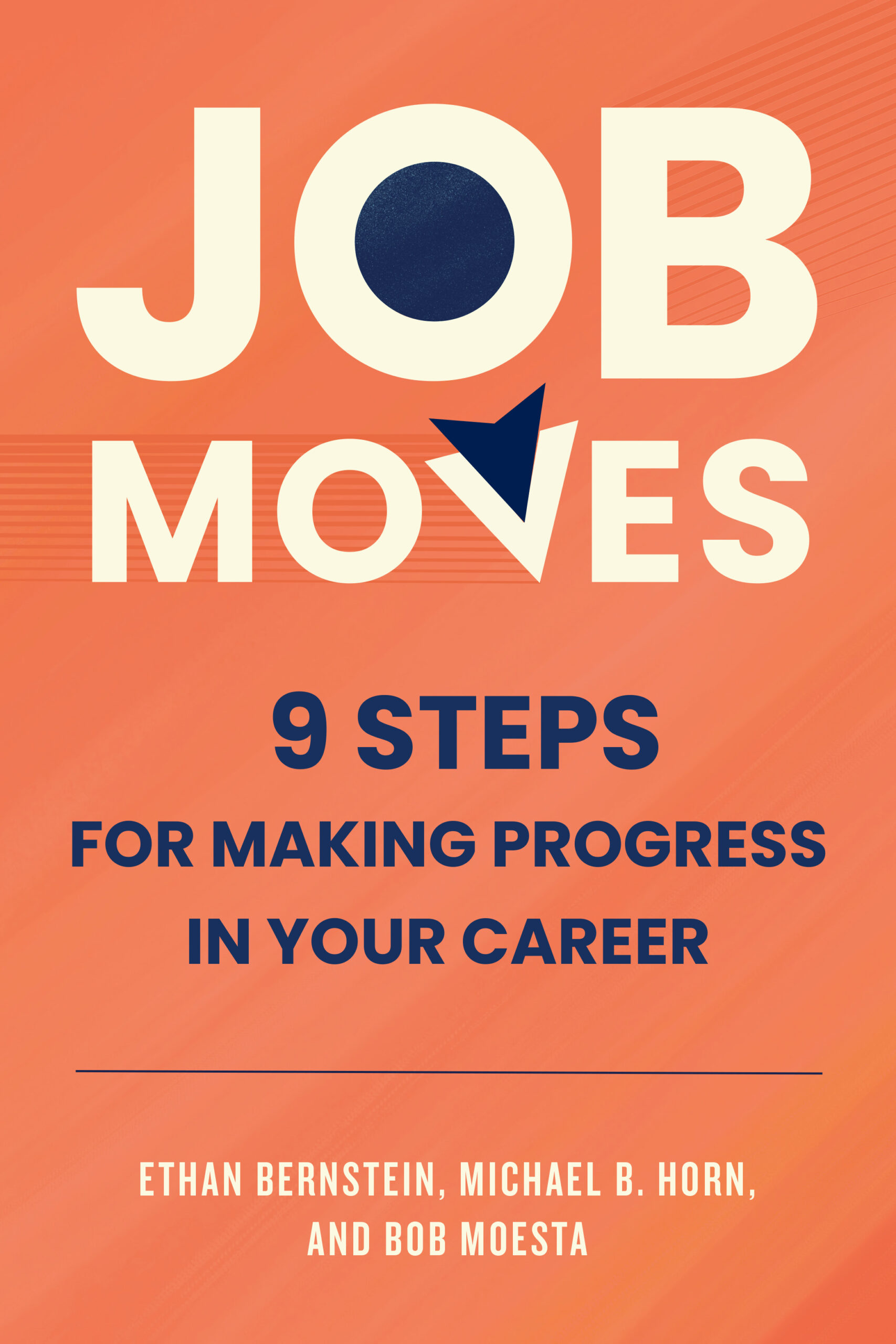What It Will Take For School Wraparound Supports To Fulfill Their Potential
In the most recent issue of Education Next, Mike McShane presents a strong take on the current state of integrated student supports—or wraparound services—in schools in his article “Supporting Students Outside the Classroom.”
His basic conclusion is that despite the undeniable logic of having schools address barriers to student learning from students’ lives outside of school, such as homelessness, mental health issues, eyesight or food insecurity, with the exception of a couple programs, the results of these “community school” efforts have disappointed in terms of academic progress.
Although City Connects, which began in Boston and serves over 100 schools in six states, boasts stellar research results—the elimination of the achievement gap between English Language Learner students and their counterparts by the 3rd grade and students that significantly outperform their peers in English and math, for example—the majority of other integrated student support programs, several of which happen to be considerably larger, don’t show significant outcomes outside of mild boosts in attendance and attitudinal improvements.
Why this is has baffled many. As McShane wrote, if a student has poor eyesight and cannot see her teacher or the words on the page of her book, it seems undeniable that eyeglasses will improve her ability to learn. So what gives?
A research paper that Julia Freeland Fisher and I authored a few years back, The Educator’s Dilemma, sheds some light.

0 comments